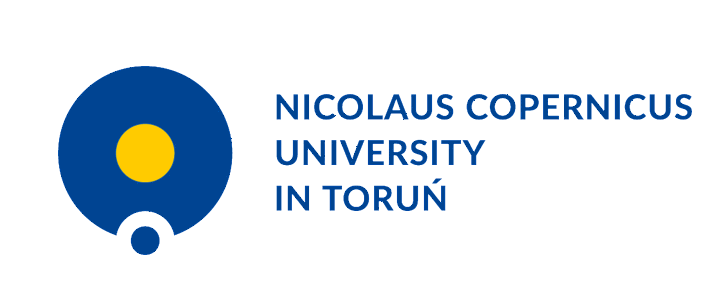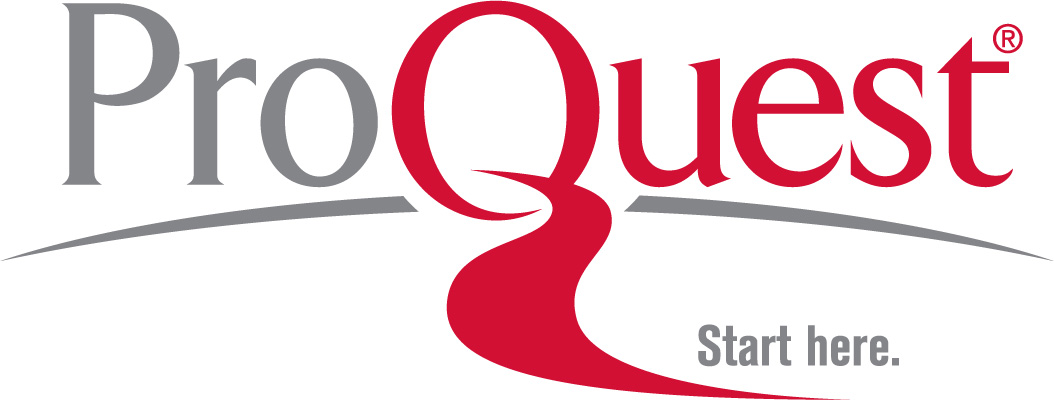Application the Value Averaging Method on the Global Stock Markets
Keywords:
lump sum investments, regular investments, value averaging, world stock markets, return-risk profileAbstract
Purpose of the article: The focus of this article are lump sum and regular investments on selected world stock markets in the period from 1990 to 2010 for different investment horizons. Methodology/methods: The Methodology used in this Paper is based on the quantification of return and risk indicators for different investment horizons. As these horizonts were chosen: 1 year, 3 years, 5 years and 10 years. All Indices are used in total return form, i.e. dividends and their reinvesting on the same market are included. Standard deviation is used as the risk indicator and internal rate of return is used as the return indicator. Scientific aim: The aim of this Paper is to compare and evaluate lump sum and regular investments on world stock markets according to the return-risk profile in the period from 1990 to 2010 for different investment horizons. The following world stock markets were chosen: US stock market (S&P 500 Total Return index), European stock market (S&P Europe 350 Total Return index) and Japan stock market (S&P TOPIX 150 Total Return index). Findings: Lump sum investments brought better (higher) values of the return-risk profile than regular investment through the value averaging method made during the same period on the same market, mostly over long term investment horizons. Over shorter investment horizons, lump sum was still bringing better results, but risk was always higher than the return.. Conclusions: As this Paper has shown, even when the results of the return-risk profile of regular investment with value averaging method were not better than for lump sum investment strategy, investments with this method can be still clearly recommended as a method reducing the timing risk for long-term growing stock markets.Downloads
Published
2014-12-31
Issue
Section
ORIGINAL SCIENTIFIC ARTICLE











